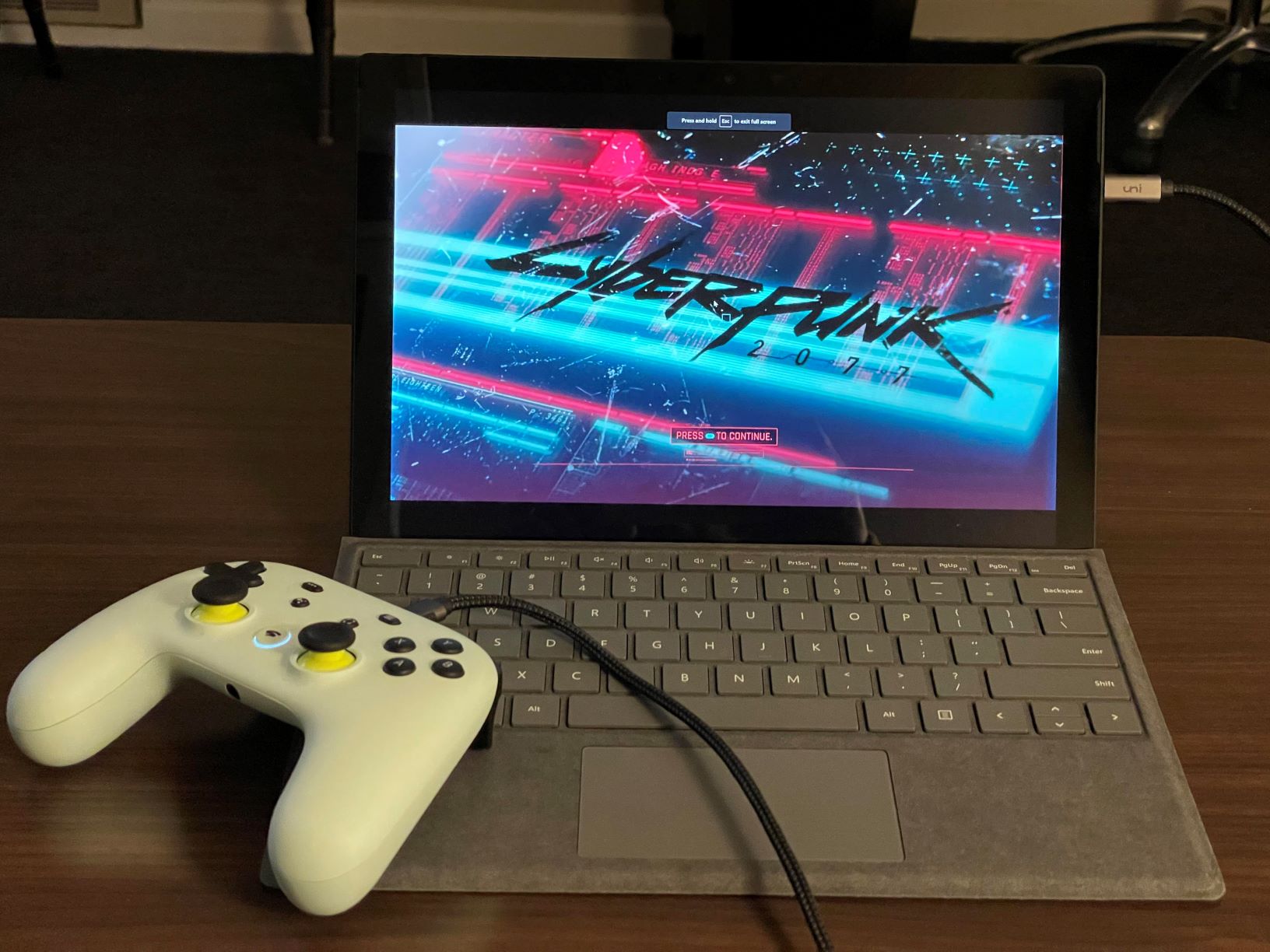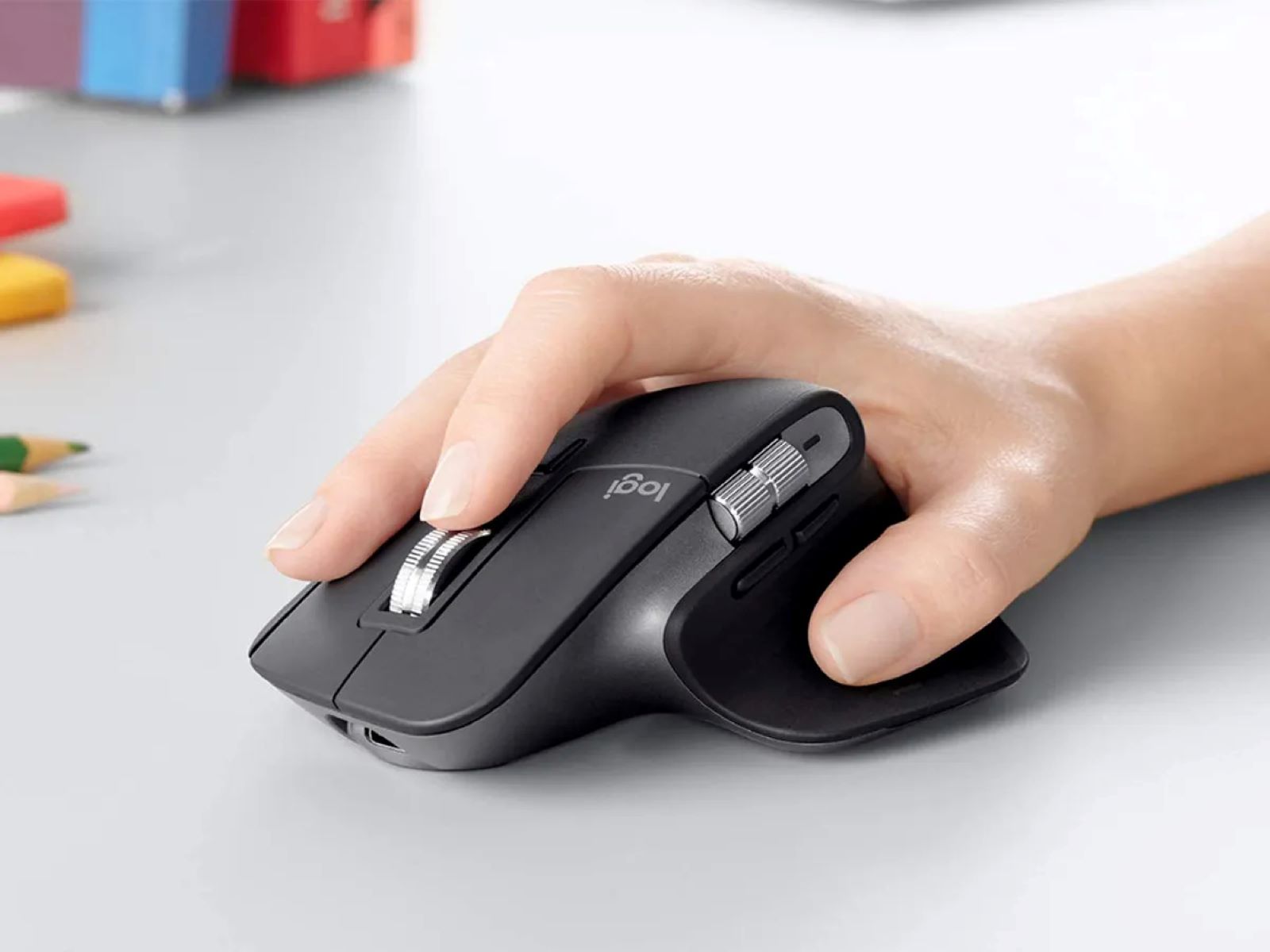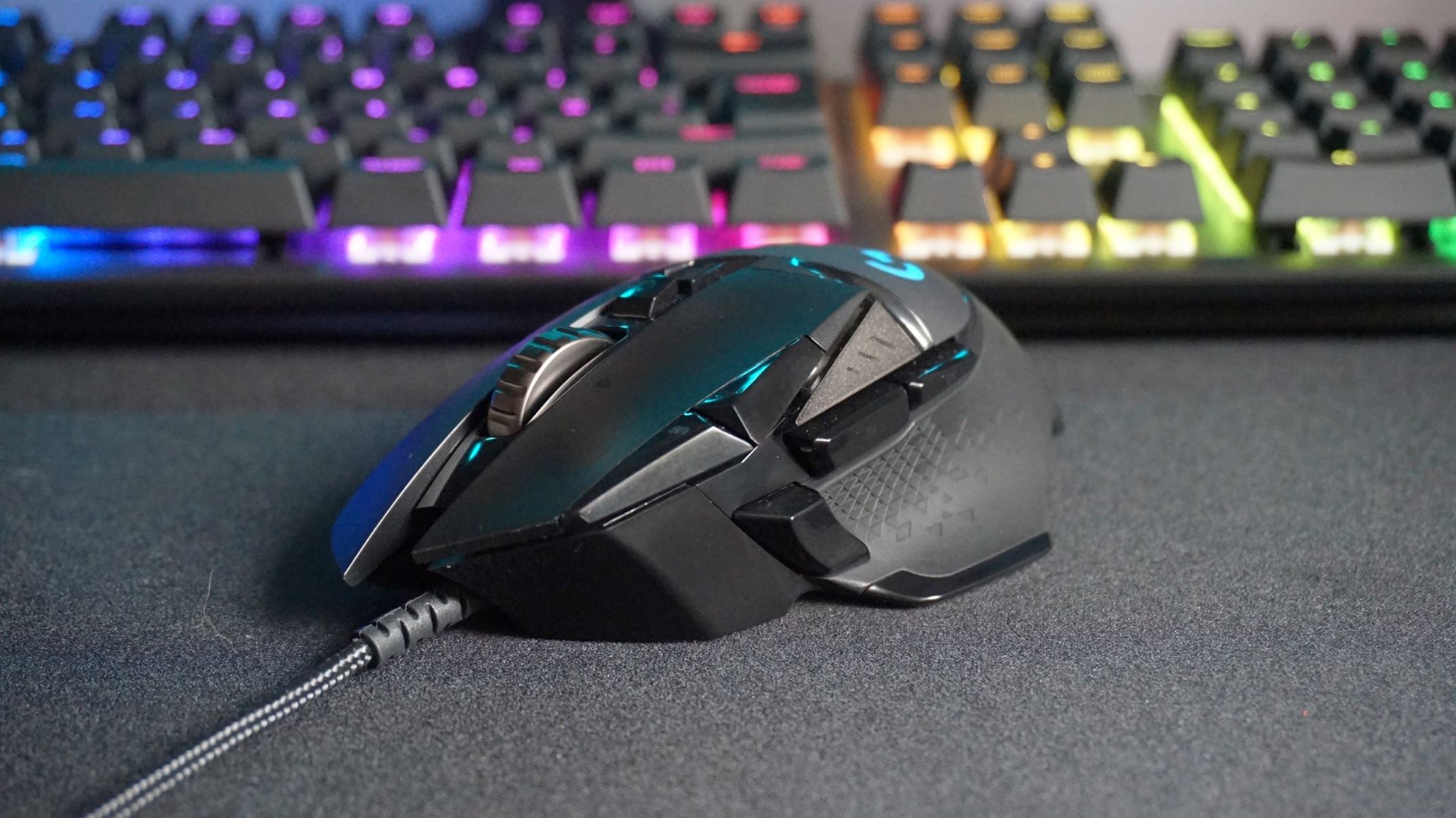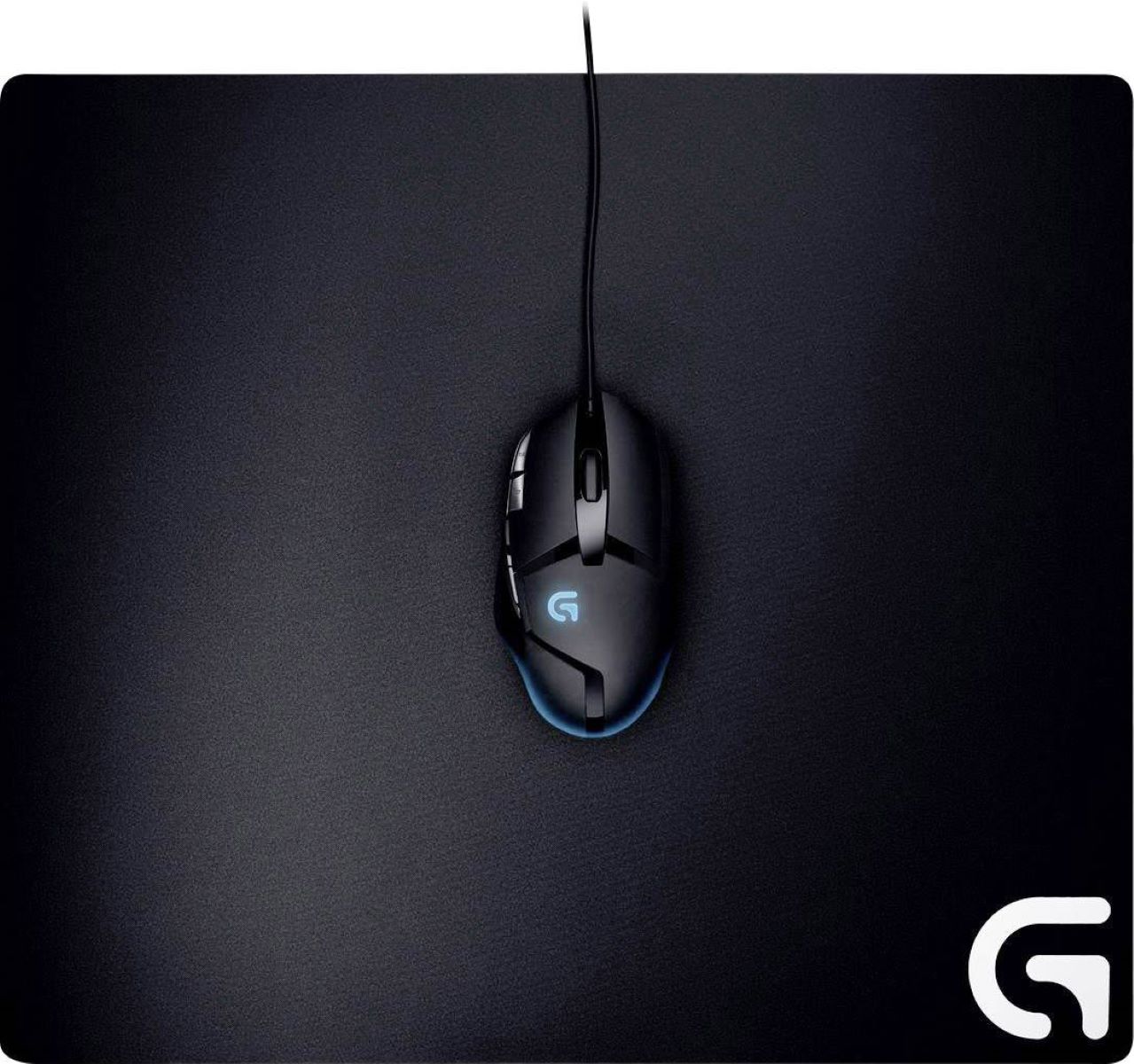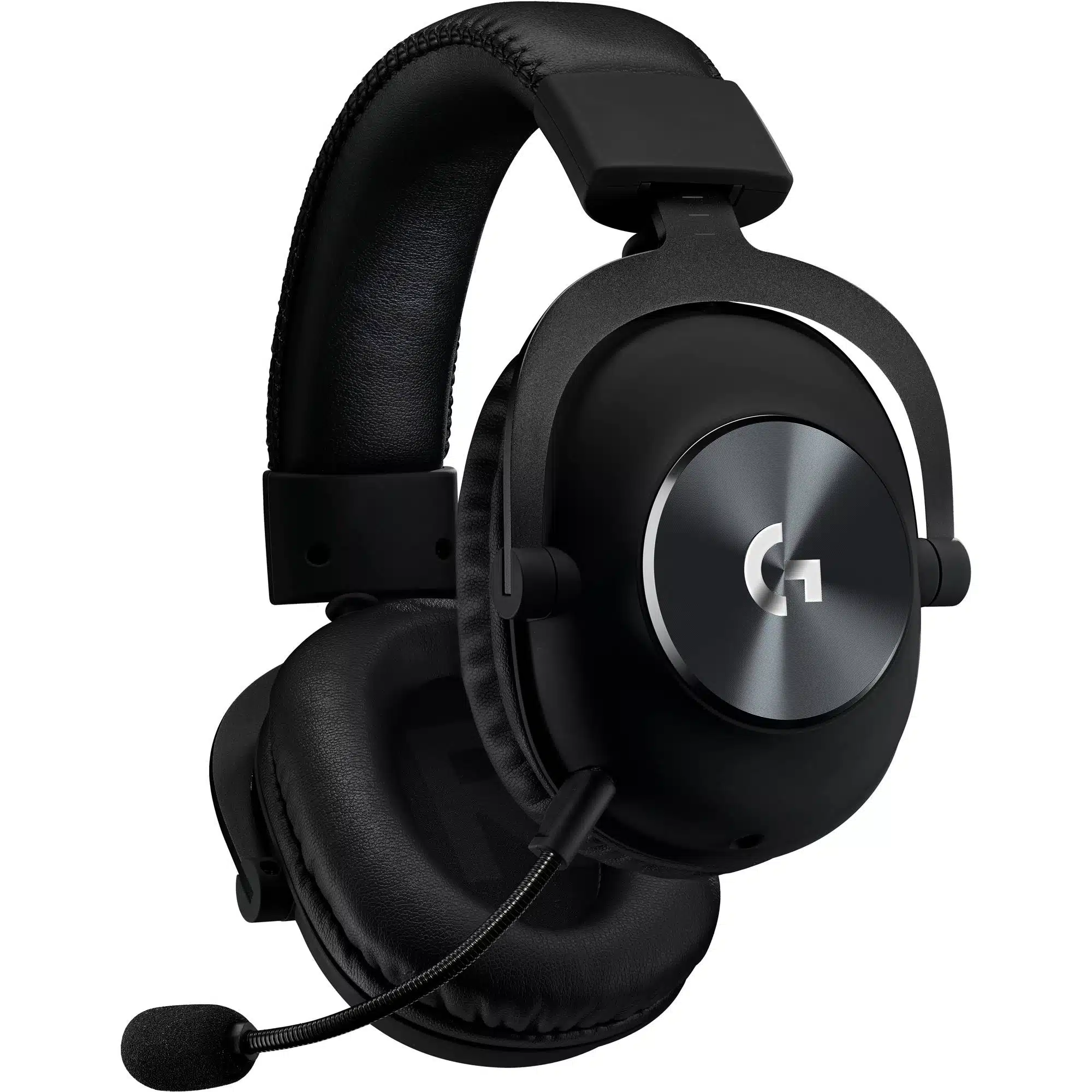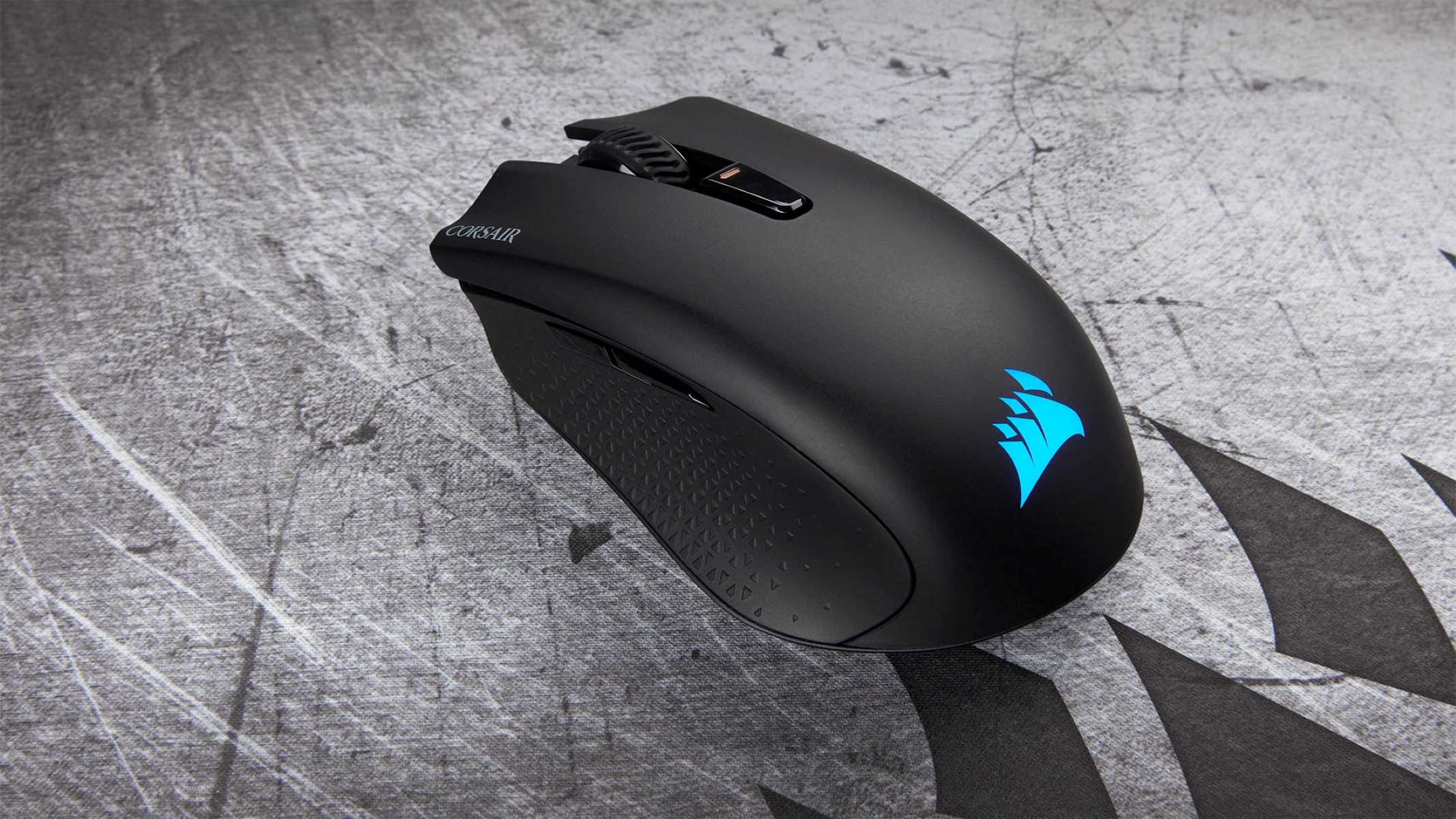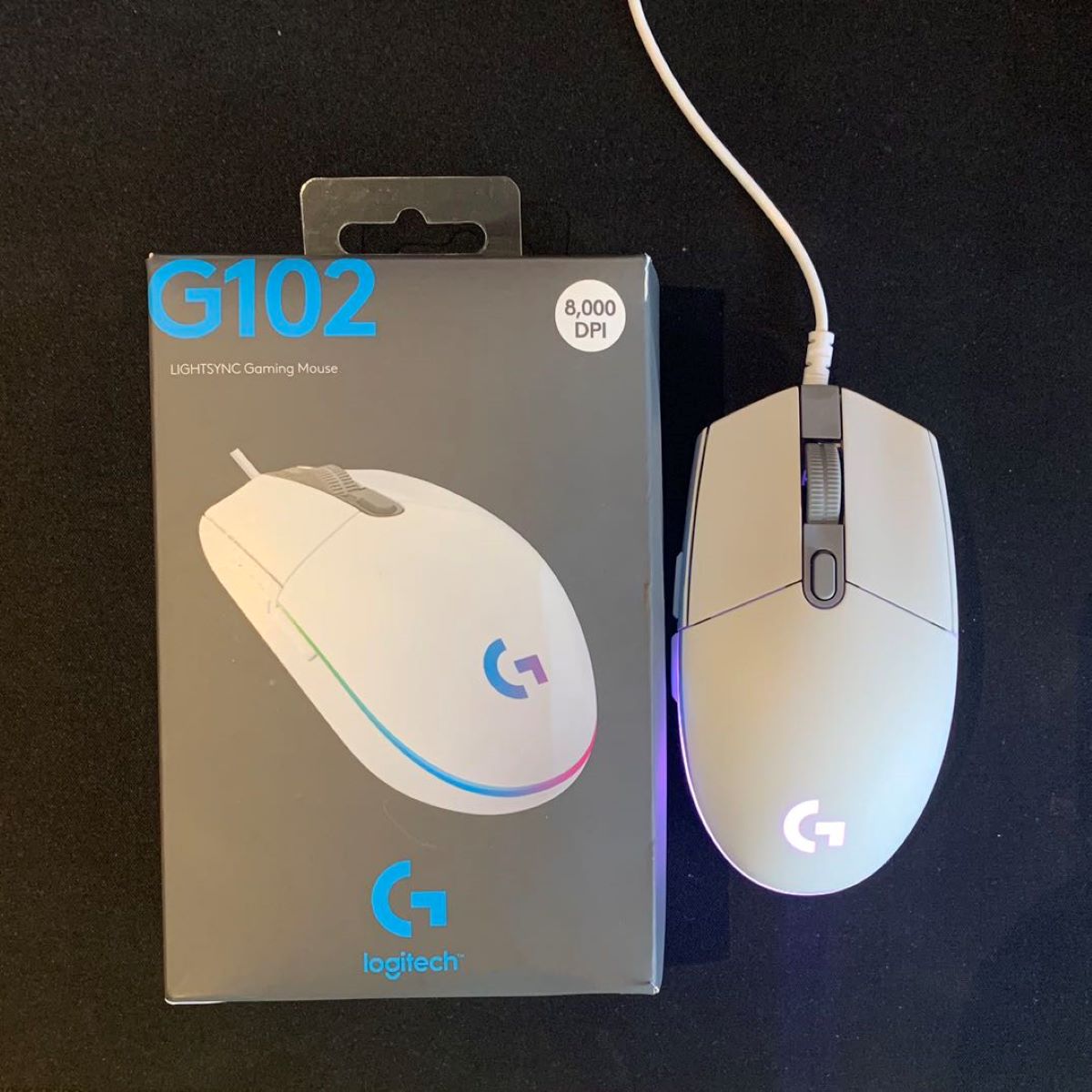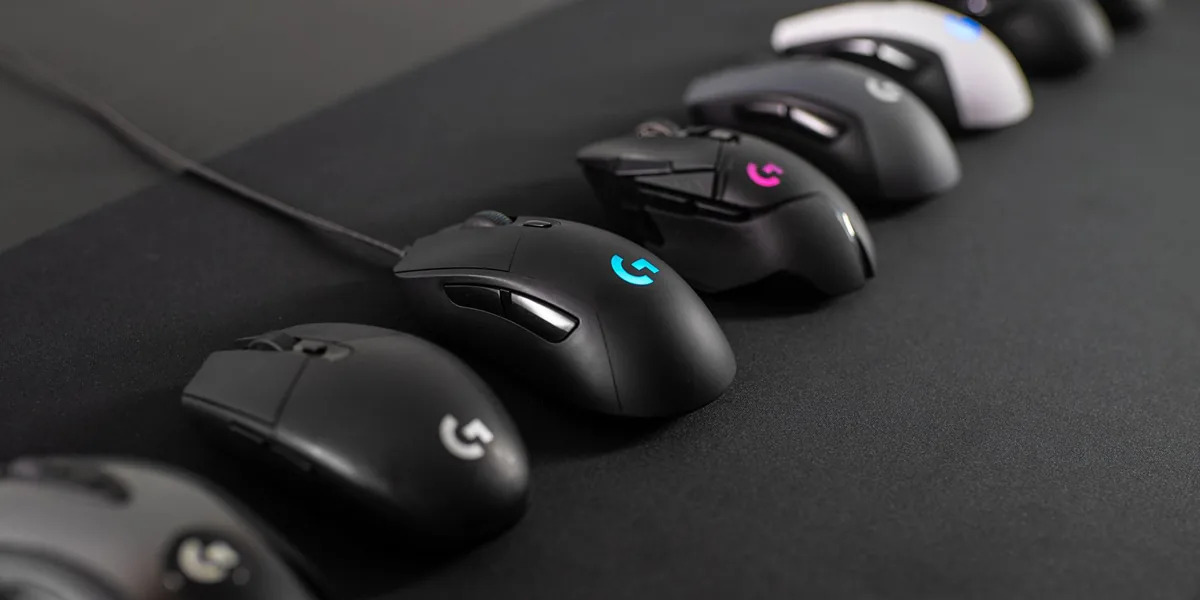Introduction
Using a game controller as a mouse on a Surface Pro 3 can significantly enhance the user experience, especially for individuals who prefer a more hands-on approach to navigating their devices. This innovative approach allows for greater flexibility and ease of use, providing an alternative to the traditional mouse or touchpad. By leveraging the game controller's functionalities, users can enjoy a more dynamic and interactive computing experience.
The Surface Pro 3, with its versatility and touch-friendly interface, lends itself well to this unconventional setup. This guide will walk you through the process of setting up and configuring a game controller to function as a mouse on the Surface Pro 3. With the right software and configuration, you can seamlessly transition from gaming to navigating your device with the same controller, streamlining your workflow and adding a fun twist to your computing activities.
In the following sections, we will delve into the step-by-step process of setting up the game controller, installing the necessary software, and configuring the controller to emulate mouse functions. Additionally, we will explore how to effectively use the game controller as a mouse, providing insights into its practical applications and potential benefits. By the end of this guide, you will have the knowledge and tools to transform your game controller into a multifunctional input device for your Surface Pro 3. Let's embark on this exciting journey to unlock the full potential of your device and gaming peripherals!
Setting Up the Game Controller
Before diving into the intricacies of using a game controller as a mouse on your Surface Pro 3, it is crucial to ensure that the controller is properly set up and ready for configuration. The first step involves connecting the game controller to the Surface Pro 3 using a compatible USB cable or wireless connectivity, depending on the controller model. Once connected, the device should be recognized by the operating system, allowing for seamless integration and interaction.
For wireless controllers, it is essential to pair the device with the Surface Pro 3 using the appropriate pairing method as specified by the controller’s manufacturer. This typically involves pressing a designated button on both the controller and the Surface Pro 3 to initiate the pairing process. Once successfully paired, the controller should be ready for further configuration.
Ensuring that the controller’s drivers are up to date is also crucial for optimal performance. This can be achieved by visiting the manufacturer’s website and downloading the latest drivers or utilizing the built-in driver update functionality within the Windows operating system. By keeping the controller’s drivers current, you can mitigate compatibility issues and ensure a smooth setup process.
Furthermore, it is important to consider the ergonomics of using a game controller as a mouse. Positioning the controller in a comfortable and accessible manner is essential for prolonged usage. Whether opting for a traditional gamepad-style controller or a more specialized gaming peripheral, finding a suitable placement that minimizes strain and maximizes accessibility is key to a seamless transition between gaming and navigating the Surface Pro 3 interface.
By following these initial setup steps, you can lay the foundation for a successful integration of the game controller with your Surface Pro 3, setting the stage for the subsequent software installation and configuration processes. With the controller properly connected and positioned, you are one step closer to unlocking its full potential as a multifunctional input device for your device.
Installing the Necessary Software
Once the game controller is set up and ready for configuration, the next crucial step is to install the requisite software that will enable it to function as a mouse on the Surface Pro 3. While the Windows operating system provides native support for standard mouse and keyboard input, specialized software is needed to bridge the gap between the game controller and the mouse emulation functionality.
One popular software solution for this purpose is JoyToKey, a versatile application that allows users to map controller inputs to keyboard and mouse functions. To begin, download and install JoyToKey from the official website or a trusted software repository. Once installed, launch the application to initiate the configuration process. JoyToKey provides a user-friendly interface for mapping controller inputs to mouse movements and clicks, offering a high degree of customization to suit individual preferences and usage scenarios.
Another noteworthy software option is Xpadder, which provides similar functionality for mapping controller inputs to mouse and keyboard actions. Like JoyToKey, Xpadder offers a range of customization options, making it possible to tailor the controller’s behavior to align with specific user requirements. By installing and configuring Xpadder, users can seamlessly transition between gaming and mouse-based activities without the need for additional hardware.
It is important to note that while these software solutions are widely used and trusted within the gaming and emulation communities, users should exercise caution when downloading and installing third-party applications. Always obtain software from reputable sources to mitigate the risk of malware or other security concerns.
By installing the necessary software, you pave the way for the subsequent configuration of the game controller to emulate mouse functions on the Surface Pro 3. With the appropriate software in place, you are poised to unlock the full potential of your controller as a versatile input device, seamlessly integrating it into your computing environment for a more dynamic and interactive user experience.
Configuring the Game Controller
With the game controller set up and the necessary software installed, the next step is to configure the controller to emulate mouse functions effectively on the Surface Pro 3. This process involves mapping the controller inputs to specific mouse movements, clicks, and other actions, ensuring a seamless transition between gaming and cursor-based interactions.
Using the selected software, such as JoyToKey or Xpadder, launch the application and begin the configuration process. The software typically provides a straightforward interface for mapping controller inputs to mouse and keyboard actions. Start by identifying the desired mouse movements and actions that you wish to replicate using the game controller. This may include cursor movement, left and right-click functionality, scrolling, and other mouse-related actions.
Once the target mouse actions are identified, proceed to map the corresponding controller inputs to these actions within the software interface. This often involves assigning specific buttons, triggers, or analog stick movements to mimic the intended mouse behavior. It is important to consider the ergonomics and intuitiveness of the mappings, ensuring that the controller inputs align with the desired mouse actions in a logical and user-friendly manner.
Additionally, many software solutions offer advanced features such as sensitivity adjustments, macro support, and profile management, allowing for further customization and fine-tuning of the controller’s behavior. Take advantage of these features to tailor the controller’s performance to your specific preferences and usage scenarios, optimizing its functionality as a mouse emulator for the Surface Pro 3.
Throughout the configuration process, it is advisable to test the controller’s behavior in various applications and scenarios to ensure that the mappings are accurate and responsive. This iterative approach allows for adjustments and refinements to be made, guaranteeing a smooth and intuitive user experience when using the game controller as a mouse.
By meticulously configuring the game controller to emulate mouse functions, you can seamlessly integrate it into your computing environment, leveraging its familiar and ergonomic design to navigate the Surface Pro 3 with ease. With the controller finely tuned to mimic mouse behavior, you are ready to explore the practical applications and benefits of using it as a multifunctional input device for your device.
Using the Game Controller as a Mouse
Once the game controller is configured to emulate mouse functions, you can seamlessly transition to using it as a multifunctional input device for your Surface Pro 3. The familiar layout and ergonomic design of the controller lend themselves well to cursor-based interactions, offering a more tactile and engaging alternative to traditional mouse or touchpad input.
With the controller in hand, you can effortlessly navigate the Surface Pro 3 interface, utilizing the mapped controller inputs to perform a wide range of mouse-related actions. The analog sticks or directional pad can be used to move the cursor, providing precise control over on-screen interactions. Additionally, the controller’s buttons and triggers can be assigned to left and right-click functions, enabling seamless interaction with applications, files, and web content.
One of the key advantages of using a game controller as a mouse on the Surface Pro 3 is the enhanced comfort and versatility it offers, particularly during extended computing sessions. The ergonomic design of the controller, coupled with its familiar layout, can reduce hand and wrist fatigue compared to traditional mouse usage, making it an appealing option for users seeking a more ergonomic input solution.
Furthermore, the integration of the game controller as a mouse opens up new possibilities for creative and productivity-oriented tasks. From graphic design and video editing to casual web browsing and document navigation, the controller’s intuitive input mappings provide a refreshing and dynamic approach to interacting with the Surface Pro 3, catering to diverse user preferences and workflows.
For individuals who value versatility and seamless transitions between gaming and productivity, the ability to use a game controller as a mouse on the Surface Pro 3 represents a compelling convergence of entertainment and functionality. Whether navigating the desktop environment, controlling media playback, or engaging in creative pursuits, the controller’s adaptability as a mouse emulator adds a layer of convenience and enjoyment to the computing experience.
By embracing the game controller as a multifaceted input device for the Surface Pro 3, users can tap into its inherent strengths as a versatile and ergonomic interface, bridging the gap between gaming and everyday computing tasks. With the controller seamlessly integrated into the computing environment, you can explore new avenues of interaction and productivity, all while enjoying a more engaging and personalized user experience.
Conclusion
Exploring the innovative approach of using a game controller as a mouse on the Surface Pro 3 opens up a realm of possibilities for enhancing user interaction and productivity. By following the step-by-step process of setting up the game controller, installing the necessary software, and meticulously configuring it to emulate mouse functions, users can unlock a dynamic and versatile input solution that seamlessly integrates gaming peripherals into the computing environment.
With the controller effectively mapped to perform mouse-related actions, users can enjoy a more tactile and ergonomic approach to navigating the Surface Pro 3 interface. The familiar layout and intuitive design of the controller offer a compelling alternative to traditional mouse or touchpad input, providing enhanced comfort and versatility during extended computing sessions.
Furthermore, the practical applications of using a game controller as a mouse extend beyond mere cursor navigation, encompassing a wide range of creative and productivity-oriented tasks. From graphic design and video editing to casual web browsing and document navigation, the controller’s adaptability adds a layer of convenience and enjoyment to the computing experience, catering to diverse user preferences and workflows.
By leveraging the game controller’s multifunctional capabilities, users can seamlessly transition between gaming and productivity, blurring the lines between entertainment and functionality. This convergence of entertainment and utility underscores the value of integrating gaming peripherals into the computing environment, offering a more engaging and personalized user experience.
In conclusion, the process of using a game controller as a mouse on the Surface Pro 3 represents a harmonious fusion of gaming and productivity, empowering users to embrace a more dynamic and interactive approach to computing. By harnessing the versatility and ergonomic design of the game controller, users can elevate their interaction with the Surface Pro 3, unlocking new avenues of creativity, productivity, and enjoyment.







